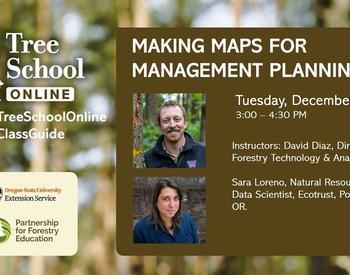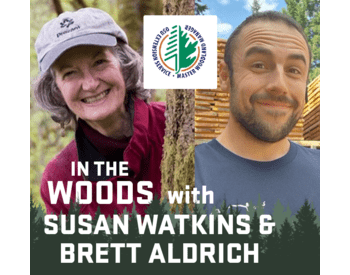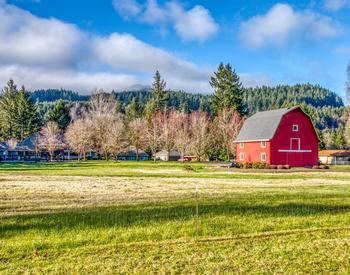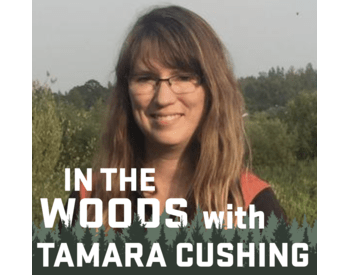Acres in Oregon agricultural lands are decreasing, while number of operations has increased.
Total farms: 37,616, up 6.1% from 2012
Total acres: 15,962,322, down ~340,000 acres from 2012
Average farm size: 424 acres (similar to 2002)
| Oregon acres | US acres | |
|---|---|---|
| 1997-2017 | -9.6% | -5.7% |
| 2007-2017 | -2.7% | -2.1% |
| 2012-2017 | -2.1% | -1.6% |
While Oregon would have lost far more of its working lands if it weren’t for our land use planning laws, other available tools, such as working lands easements, have not been effectively implemented in Oregon. Half of the agricultural lands that have been converted to other uses have been in the Portland metro area and Willamette Valley, indicating the impact of development pressure. Using tools outside of the land use system would provide additional protection when farms are ready to be passed down to the next generation of operators.
Average age of Oregon agricultural operators is leveling, with oldest and youngest producers increasing in number.
Average age of primary producer1
- 2017: 59.7
- 2012: 59.6
- 2007: 57.5
- 2002: 54.9
- Pre-2002: ~50-54
Ratio of 65-plus to under 35:
- 5:1 in 2017
- 9:1 in 2012
- 5:1 in 2002
From 2002–2012, farmers under 55 left the field while the number of operators over 55 was growing. Farms controlled by people over 65 years old increased by 40%.
From 2012–2017, farmers under 45 joined the field again, but the number of young farmers is still very small. Meanwhile, the 65-plus age group grew less quickly while 45- to 64-year-olds declined. The average age of operators is steady, with the ratio of the oldest to youngest farmers back to where it was in 2002. Oregon operators are still slightly older than the U.S. average.
Oregon agricultural operators show little succession planning, could benefit from education, support and incentives.
The first step in business succession advised by agricultural lawyers is organizing the farm as a business entity, most likely a limited liability company or LLC. However, about 80% of all Oregon farms are still sole proprietorships or partnerships, indicating that the first legal steps toward succession planning are not happening on most farms and ranches. In 2017, there were 788 more individual- and partner-owned farms organized as LLCs than in 2012, and 212 more farms organized as corporations.
Even with more limited liability business entities, 97% of all farm businesses are majority-owned by individuals and their families. However, family-owned farms control only 87% of all land, raising some concern about consolidation of land by investors or non-family entities.
Reports of multiple operators per farm could indicate succession planning if retiring farmers are training the incoming generation while transitioning management duties. However, we do not see a clear picture of multiple-generation operations. One-third of farms have only one operator while 58% of farms have two operators, which may be a partnered couple rather than a retiring operator training a new successor. Only 9% of farms have three or more operators.
The 2017 Census of Agriculture asked all operators whether they make five types of decisions about their farms or ranches: estate/succession planning, records and financials, livestock, land use/crops, and day-to-day decisions. The fewest decisions were reported in estate and business succession. Operators over 75 years old reported making more day-to-day decisions than estate/succession decisions, indicating that the oldest producers are still very involved in operations. Fifty-five- to 64-year-olds made the most (29%) estate/succession planning decisions, followed closely by 65- to 74-year-olds (27%).
Data summary updated original publication: Brekken, C.M.A, Gwin, L., Horst, M., McAdams, N., Martin, S. (2016). The Future of Oregon's Agricultural Land.
- 1Census data is self-reported. Farms may have multiple "operators" who make decisions. In 2017, the primary decision-maker is called the "primary producer," which was called the "principal operator" in 2012 and previous years.












